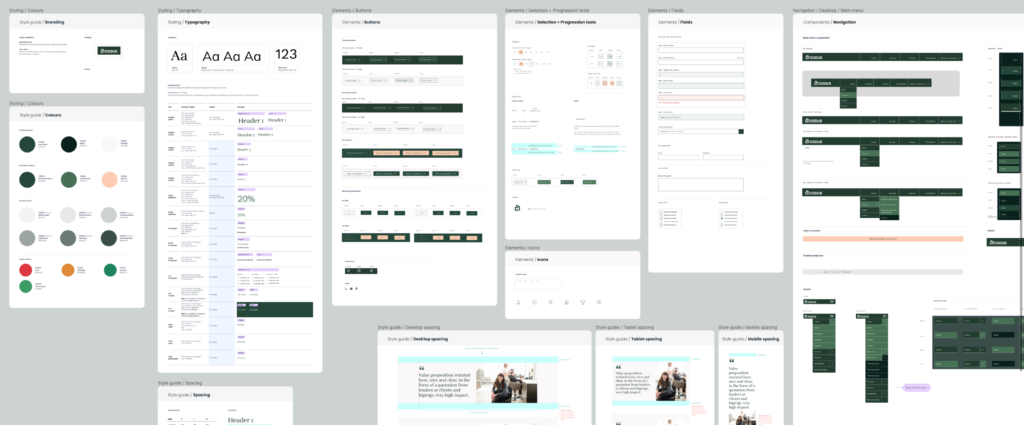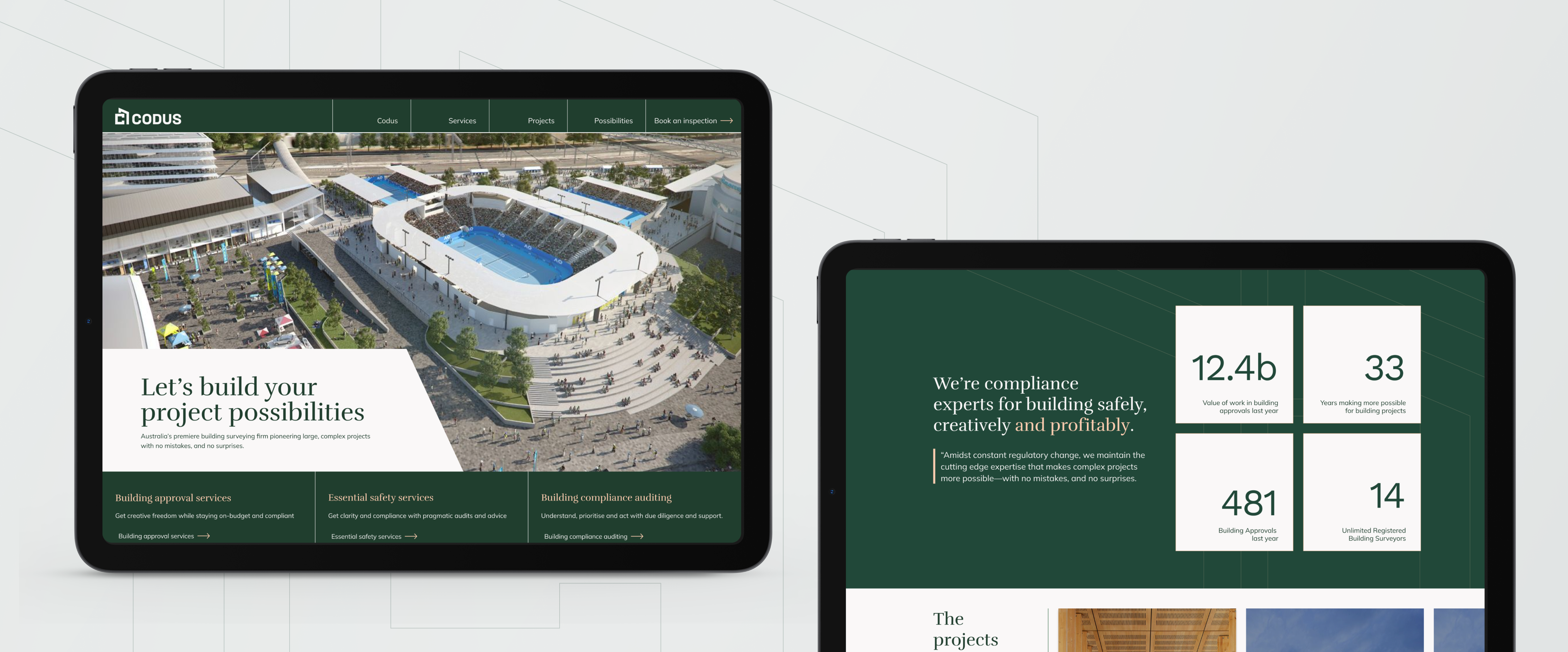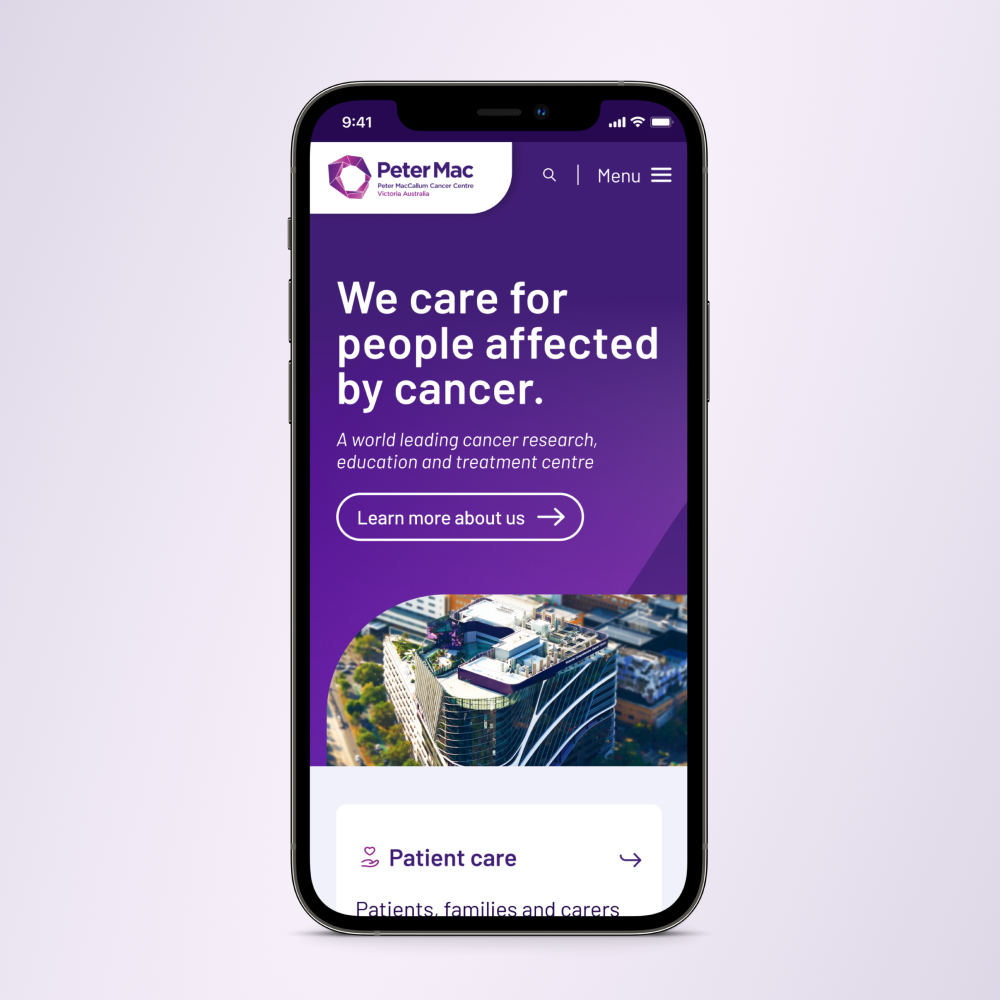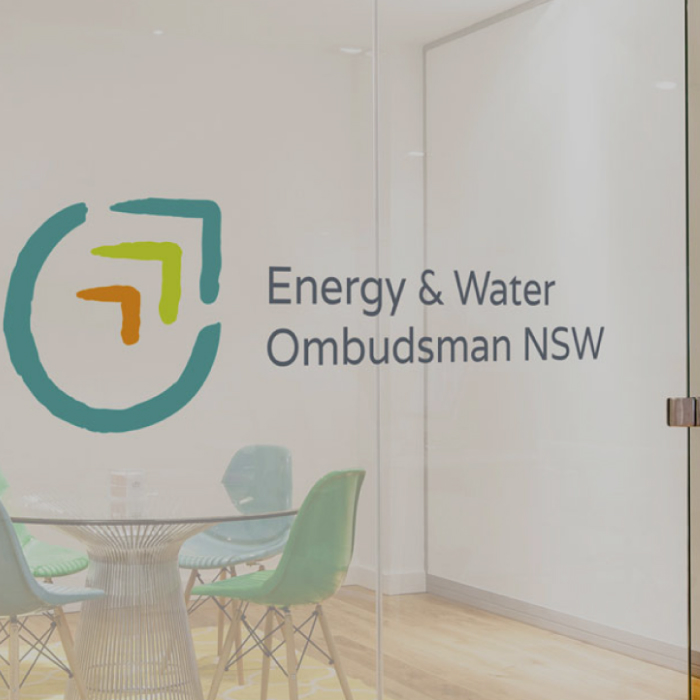The client
Codus is a leading firm with over 30 years of experience in facilitating major building projects, specialising in navigating complex regulatory frameworks with a “no mistakes, no surprises” ethos. Grounded in values of integrity, safety, and sustainability, Codus offers a wide array of services, from building and occupancy approvals to essential safety measures and compliance auditing. Their comprehensive approach ensures clients can focus on their vision while meeting statutory obligations, thereby making them a trusted partner for executing large-scale projects safely, creatively, and profitably.
The vision
The overarching vision for Codus’ website redevelopment project was to distinctly underline the company’s quality, expertise, and reliability in undertaking large-scale projects. To accomplish this, the website was meticulously designed and built on a robust CMS platform that enables the client to extend functionality as and when needed. Notably, it allows the Codus team to have direct control over dynamic sections such as careers and recent projects, offering them the flexibility to keep content fresh and relevant. This technological choice was instrumental in portraying Codus as a high-calibre enterprise that it truly is.
An essential aspect of achieving the vision was the presentation of comprehensive profiles for the core team, bios, case studies of notable building projects, and delineating the organisation’s provenance. To finesse the brand messaging, we collaborated with a copywriter engaged by Codus to ensure that the site’s narrative harmoniously blended with their new brand ethos. Several advanced features were also implemented, such as an intricate form system that directed each enquiry to the appropriate inbox within Codus, thus managing large volumes of traffic without compromising on user experience. Furthermore, we used modal popups to showcase major projects and announce the company’s rebrand, allowing these elements to be highlighted without overwhelming the main homepage design.
In terms of content development and project management, we employed a Teamwork board to track the progress of the various new content elements required by the client. Understanding Codus’ legal obligations and operational requirements, we designed an advanced form feature to ensure that each enquiry is directed to the appropriate email address, based on a dropdown selection by the visitor. Owing to pending internal approvals, the client needed a swift launch once the green light was given. To facilitate this, we deployed the site but restricted its visibility to certain IP addresses. Once approvals were received, lifting this restriction made the fully reviewed and approved website immediately accessible globally, thereby aligning perfectly with the project’s ambitious vision.
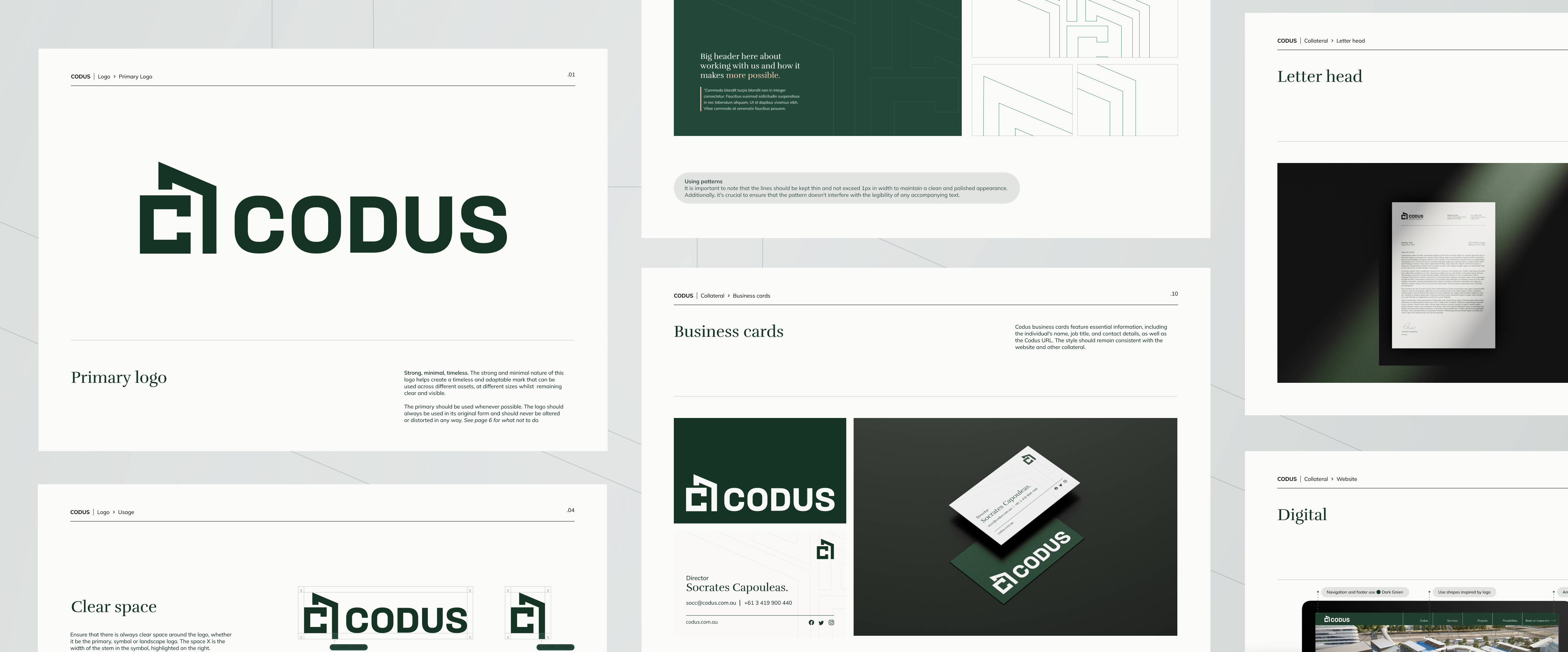
The process
The process for Codus’ website development project was underpinned by meticulous planning and scheduling to ensure the highest quality outcome. Our project management approach involved weekly Work In Progress (WiP) meetings with the client and regular backlog refinement, sprint planning meetings, and huddles with our internal Butterfly project team. All tasks were tracked using the Jira platform, and additional project elements were managed through the Teamwork project management software. We also engaged in copywriter workshops and collaborative design workshops, facilitating cross-disciplinary contributions to the site’s messaging and aesthetics. Although the project began with a fixed price, the client later requested additional features, which were managed under a Time & Materials (T&M) pricing structure. Despite an extension in the timeframe due to internal legal approvals on the client’s end, we maintained project velocity by implementing IP-based restrictions, allowing the project to be immediately ready upon approval.
In terms of design and development, the project incorporated multiple stages, including initial concepts, Figma mockups, and the final designs. The development was executed using Accelerator CMS for both back-end (BE) and front-end (FE) elements. A significant focus was laid on Quality Assurance (QA), for which we used TestRail to capture test cases and test runs. The QA team was involved from the outset, participating in backlog meetings to ensure contextual understanding throughout the project. This facilitated effective communication between the QA team and software engineers, ensuring that any questions or challenges encountered during the QA process were promptly addressed. Client User Acceptance Testing (UAT) was captured in Teamwork, and any arising issues were verified by the Development Team, with Jira tickets generated as necessary.
Security and performance were also high-priority concerns. The site is hosted on AWS through Butterfly, utilising an SSL certificate for secure data transmission. Additionally, the CMS includes an application firewall, which safeguards against various security threats such as SQL injection and XSS JavaScript attacks. Ongoing support is ensured through a structured Service Level Agreement (SLA), fulfilling the client’s long-term needs and maintaining the site’s integrity. Overall, the project process was a comprehensive and collaborative effort that successfully met Codus’ business objectives and quality expectations.
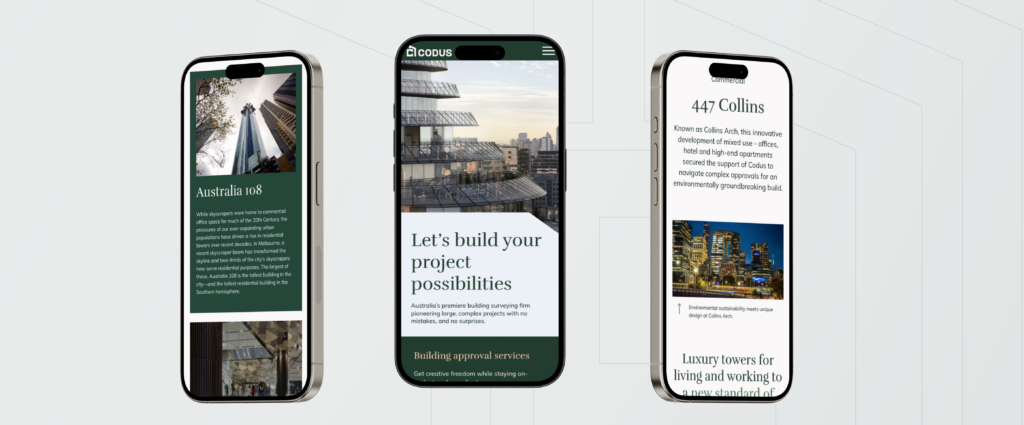
The outcome
The primary objective of the website development project for Codus was to manifest the company’s quality, expertise, and reliability in large-scale projects. This goal was not only met but exceeded, as evidenced by the early feedback received from the client: “Great job re the website, we are receiving a tremendous amount of positive feedback.” Compared to the outdated website, which no longer encapsulated the brand or its objectives, the new site represents a monumental leap forward in Codus’ digital strategy. Moreover, an extension was added to transfer domain authority from the old website to the new Codus.au site. This strategic move maintained the digital provenance accumulated over many years, giving the new website an immediate advantage.
In terms of key metrics, the new website introduces an advanced form feature not present on the old site, thereby enabling the tracking of conversions. Although it’s still early days, this new functionality represents a significant step forward in measuring engagement and leads. Additionally, the introduction of a new GA4 (Google Analytics 4) account will facilitate more precise data collection and analytics moving forward, even though conclusive data has not yet been gathered due to the recent project launch.
Feedback from stakeholders has been overwhelmingly positive, igniting discussions about future extensions to the project. Specifically, there’s growing interest in enhancing Codus’ search engine presence, potentially leading to a future project focussed on digital strategy from an SEO (Search Engine Optimisation) perspective. This demonstrates that the new website has not only met its immediate objectives but has also laid a solid foundation for future digital strategy endeavours, further consolidating Codus’ standing as a leader in its industry.
